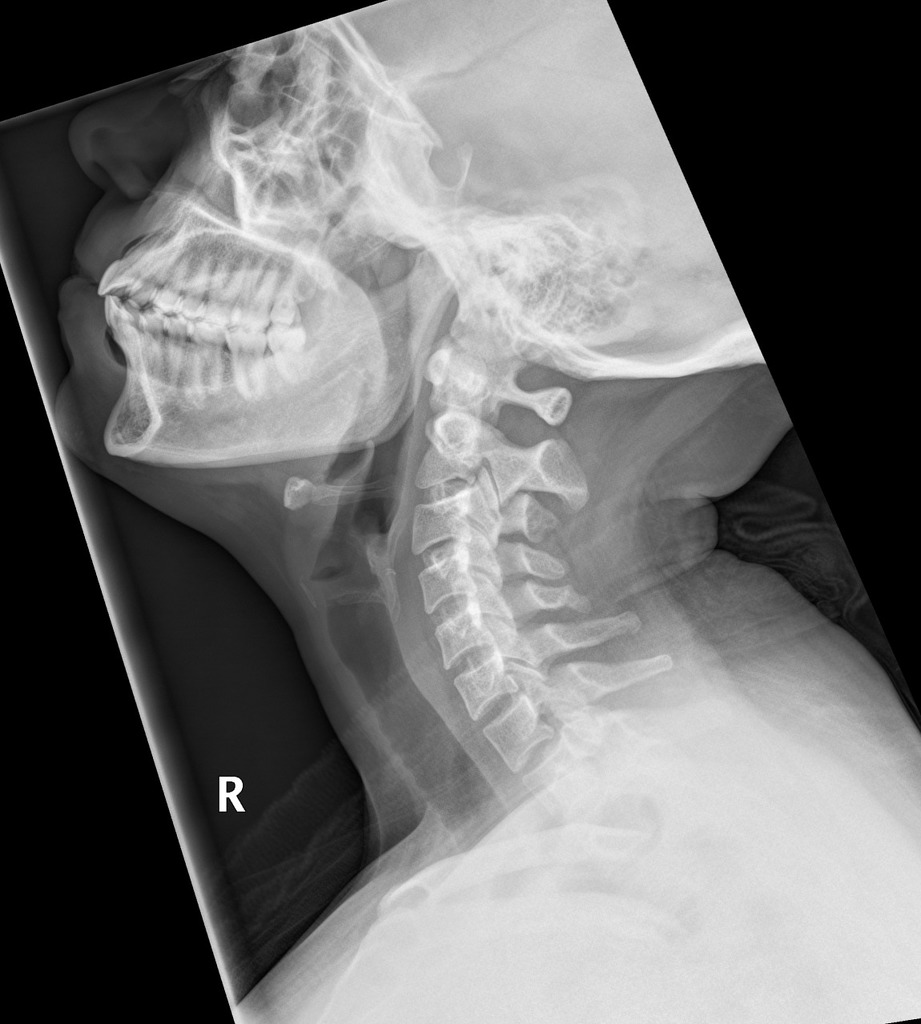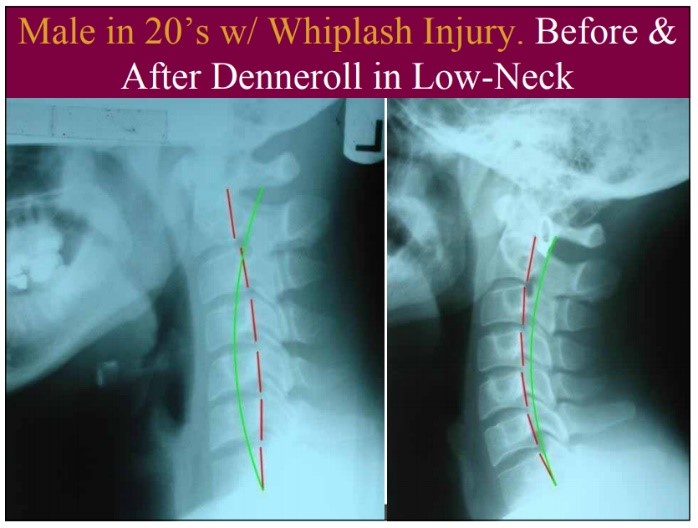As nerve interference is reduced/removed with chiropractic care, structural correction is achieved as you train your spine out of compensation toward normal alignment. The Cervical Denneroll is one of the most effective tools in restoring the optimal neck curve as it accounts for the changes in length of the different spinous processes (projections of the vertebrae).

You will have been instructed on appropriate neck placement but for your reference, here is a general guide below.
You will also have been instructed on timing, starting with a short time interval then increasing the time spent on it each week. The goal is to spend 15 minutes 6 days a week until optimal correction is achieved, then a maintenance schedule can be worked out with less frequency. Please remember this is not a sprint race, so don't over-do-it and give. Consistency really is the driving force behind positive change! Build the habit into your daily living, even if it is just for a short time starting out.
Remember to do the thumb tracing on either side immediately after using the denneroll!
Some users can increase time spent on the denneroll to the optimal 15 minute mark within a few weeks, others by only 30 seconds increments every couple of weeks... that's ok! Think of it like you're starting an exercise program; you start slow and steady, increasing weight and reps gradually in order to decrease the chances of injury.
Tight chest muscles will significantly reduce your ability move toward correction so use this time to stretch these muscles (increasing the angle between your torso and your arms will also increase the stretch through your neck). See examples below.
Once you are comfortably spending 15 minutes on the denneroll, there are ways that you can increase traction in order to obtain a deeper stretch through the neck.
Placing your hands on your cheeks will traction upward.
Placing your hands on your forehead will traction backward.
If you find your head is resting on the ground with less/little traction through your neck, increase traction by utilizing a book or step (fold out table in this example) as seen above and below. If using a book, make sure it is big enough that the upper back and shoulder blades are also resting on it to prevent your upper back and head from being improperly pushed forward!
Arm positions mentioned above still apply with these examples as well
Below are some examples of what's possible. Remember that the greater the degree of degeneration, the longer it will take to reach optimal correction.

